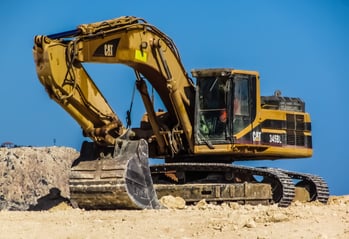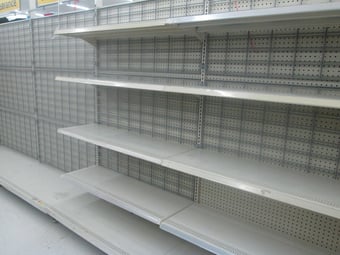
It may be an anomaly brought about, in part, by the pandemic, or it might just be a coincidence. The fact is that we are seeing a lot more divorce cases happening in 2021 than in previous years. As a result, requests for valuation services in this arena have been on the rise.
Equipment and business appraisers have been busy working with divorce attorneys and their clients, as the age-old dispute between separated spouses revolves around a fair separation of assets. When both parties are co-owners in a business, there is going to be a need for an independent appraisal from an experienced valuation firm, which can look to assist in facilitating a settlement. If the shared business includes significant tangible assets, such as construction and manufacturing machinery, trucks and trailers, or any type of personal property, the need for an accredited machinery and equipment appraisal will be important. A certified business appraiser will then consider these tangible values in their overall analysis.
Appraisers act as unbiased neutral parties, providing a fair market value for your equipment and associated business. The intention is to put to rest the concerns either party may have in regard to prior assumptions or discussions on their company’s worth.
In certain cases, both sides in the divorce will engage their own appraisers with the potential for arbitration or litigation to determine the most credible report or allow consideration to both valuations if they are not too far apart. Regardless of the circumstances, it is important to engage with an accredited or certified appraiser with the experience and credentials to effectively assist in the process.
If the business is still operating and in decent financial shape, the Fair Market Value of the assets would be the appropriate measurement level. If the company has been recently idle, or there are plans to close up shop in the very near future, a liquidation premise may need consideration. Ideally, both parties are on the same page with the overall process, however, if this is not the case, the party who engaged the experienced appraiser should have an advantage in the ongoing proceedings.
Understanding all that is involved during a divorce, including the need for an accredited or certified equipment appraisal can ensure you are receiving the best settlement possible.





